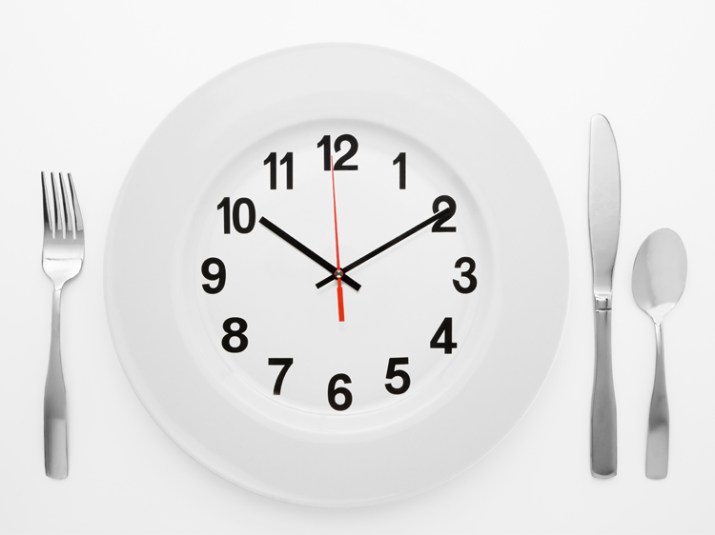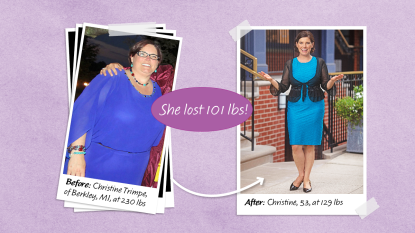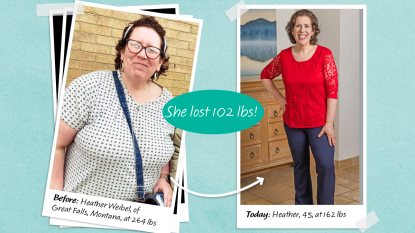The 5:2 Diet Helps You Lose Weight and Body Fat — If You Do It Properly

If you want to lose weight but can’t stand the thought of giving up your favorite foods every day, you might consider the 5:2 diet as a possible option. A form of intermittent fasting that calls for two days of fasting and five days of your normal pattern of eating per week, the 5:2 diet has become a popular alternative to giving up certain food groups entirely. This type of fasting can actually work for your weight-loss and health goals — if you do it the right way, that is.
What is the 5:2 diet?
According to the Cleveland Clinic, the 5:2 diet plan involves two days of calorie restriction per week. On those fasting days, you’re instructed to eat two meals — the first being around 200 calories and the second being around 300 calories. In total this adds up to about 500 calories for the day, and you’re not supposed to consume any more than 600. Also, you want to aim to go a long stretch of time without eating on those two fasting days — say about 14 to 18 hours. But on your non-fasting days — the other five days of the week — you don’t need to restrict any calories.
We know what you’re thinking: Five days of not cutting calories sounds too good to be true. But science is starting to back up this form of intermittent fasting. A 2013 study by researchers at the University of Manchester found that overweight women who followed the 5:2 diet actually lost more weight and more body fat compared with women who followed the traditional diet plan of limiting calorie intake every day of the week. On top of that, the women adhering to the 5:2 approach also improved their insulin resistance.
Indeed, the benefits of a 5:2 diet appear to extend beyond weight loss. For example, a 2018 study found that 5:2 dieters not only lost weight more quickly than those following daily restriction, but also that the 5:2 diet actually clears fat from the blood more quickly than daily calorie restriction diets — thereby reducing an important risk factor for cardiovascular disease. Yet another 2018 study found that people with type 2 diabetes were just as likely to lose weight and control their blood glucose levels if they followed a 5:2 diet instead of a daily calorie-restricted diet. These results suggest that intermittent fasting is an effective alternative strategy for people with type 2 diabetes who find it difficult to stick to daily calorie restriction. In fact, researchers say the 5:2 diet may even be superior to the traditional approach, but more research is needed to know for sure.
How to Do the 5:2 Diet Correctly
It may be tempting to envision your 5:2 diet looking like five days full of hefty cheeseburgers, salty French fries, and decadent ice cream sundaes. But experts say the point of intermittent fasting is not to leap into heaps of junk food on your non-fasting days. Instead, they suggest continuing to eat healthily on those days. While this may seem like a free-for-all to eat bowls full of endless kale and cucumbers, most people who follow the 5:2 approach will adjust to eating reasonable amounts of food.
As for the days you’re fasting, experts recommend eating “real” foods, such as eggs, tomato-based soups, hummus with whole-wheat crackers, and good fats like avocado. Just be careful that you don’t exceed 600 calories on those two days that you’re fasting. And remember, always get your doctor’s OK before starting any new diet.













